Our country is vast, with a vast territory and a wide variety of biological species. Among them, there are also some poisonous insects. So do you know what poisonous insects are in our country? This article brings you the top ten common poisonous insects in China, including: golden-ringed wasps, corianders, Aedes albopictus, ticks, poisonous worms, gadflies, lychee bugs, etc. Let’s learn about them together. (The ranking of the top ten common poisonous insects in China is mainly recommended based on insect popularity/toxicity/distribution and comprehensive reference to relevant Internet rankings/lists. Note: Spiders, centipedes, scorpions and other things are not insects. Spiders belong to the class Arachnida. , Centipedes belong to the class Lamipoda, and both classes belong to the phylum Arthropods like the class Insecta. The data are as of now. If you have any questions, please leave comments/criticisms at the end.)
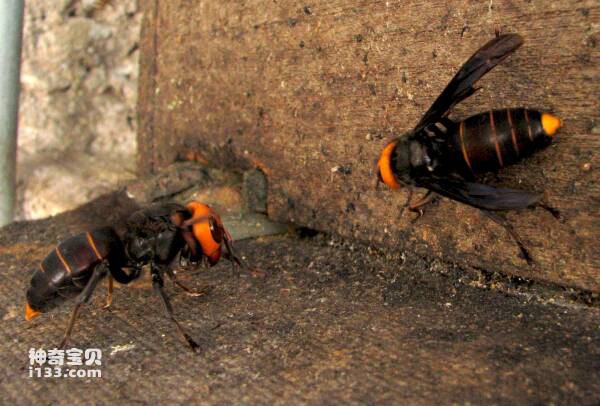
1. Golden-ringed Vespa (ferocious and highly toxic)
The golden-ringed wasp, ranked number one in China as a poisonous insect, is one of the world-famous poisonous insects. They are widely distributed, including Gansu, Shaanxi, Sichuan, Yunnan, Guangdong, Guangxi, Hunan, Hubei, Jiangxi, Zhejiang, Fujian, Jiangsu, Liaoning, Jilin and other places. The golden-ringed wasp is one of the largest wasps in the world, with an individual length of about 4-6 cm. They mainly inhabit temperate forests in East Asia, and their average lifespan is about one year. Golden-ringed wasps are ferociously venomous. They are not only aggressive, but they can also fight in teams and often attack humans in swarms. Bites from large numbers of golden-ringed wasps can be fatal. However, in daily life, it is not common to encounter large numbers of golden-ringed wasps.
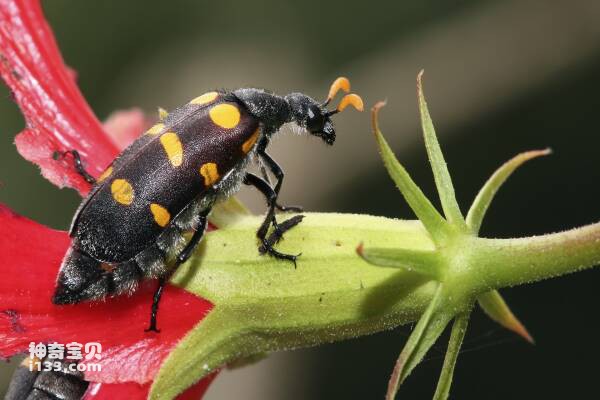
2. Coriander (1.5 grams orally fatal for adults)
Among the most poisonous bugs in China, coriander is also a common bug. They are widely distributed throughout China, including Liaoning, Hebei, Henan, Shandong and other places. In these places, one generation of coriander occurs each year, while in Hubei, two generations occur each year. During the life cycle of coriander, the fifth instar larvae (pseudopupa) overwinter in the soil.
Coriander worms are highly nephrotoxic. Experimental results show that injecting mice with 7.5 to 10 mg of colicinine for 10 consecutive days will cause turbidity and swelling of myocardial fibers, liver cells, and renal tubular epithelial cells. Blood stasis or small area bleeding may also occur in the lungs and spleen. In addition, coriander also has a strong stimulating effect on the skin, mucous membranes and gastrointestinal tract. Once absorbed, it is excreted through the kidneys and may irritate the urethra, causing symptoms of nephritis and cystitis, and even acute renal failure. For adults, oral administration of 0.6 grams of coriander can cause poisoning, with a fatal dose of 1.5 grams.
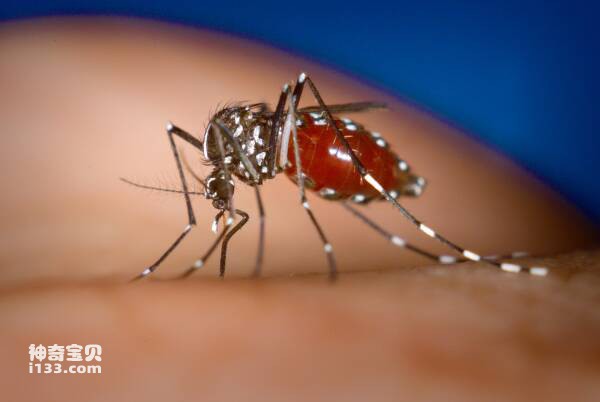
3. Aedes albopictus (transmits dengue fever/yellow fever/Western encephalitis and other diseases)
Among the classification of poisonous insects in China, mosquitoes are an indispensable one. Among the many mosquitoes, Aedes albopictus is not only annoying, but also dangerous. Aedes albopictus is one of the secondary vectors transmitting dengue fever and chikungunya, two diseases that are widespread in Southeast Asia, and in China, they are one of the main vectors of dengue fever.
Studies on Aedes albopictus have isolated Japanese encephalitis virus in China, which may be one of the vectors for the spread of Japanese encephalitis in some areas. Foreign experimental infections of Aedes albopictus have shown that it can also transmit viral diseases such as yellow fever, Western equine encephalitis, and Venezuelan equine encephalitis. Therefore, Aedes albopictus is one of the targets that needs to be focused on prevention and control worldwide.

4. Ticks (spread forest encephalitis/Lyme disease/hemorrhagic fever and various protozoal diseases)
Ticks are also one of the top ten poisonous insects in China. There are about 800 species of ticks in the world, and there are about 110 species in China, mainly distributed in the forest areas of Heilongjiang and Jilin provinces. In addition, tick-related cases have also occurred in Sichuan, Hebei, Xinjiang, Yunnan and other provinces and autonomous regions.
Ticks like to live in areas with dense vegetation, such as hillside wastelands, weeds, and shrubs. We are vulnerable to tick bites when we wear shorts in high, wooded areas, or when in contact with pets and wild animals. Because ticks can transmit sylvatic encephalitis, Lyme disease, hemorrhagic fever and various protozoal diseases, they are one of the most likely to cause panic among bites.
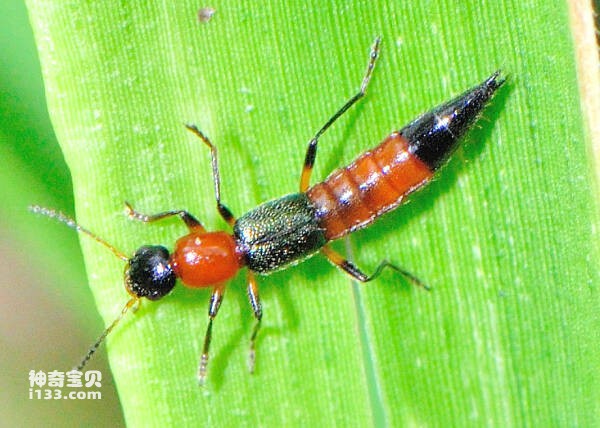
5. Poisonous Cryptophora (causing symptoms such as dermatitis/skin erythema/blistering/ulcers)
The venomous worm is widely distributed in tropical and subtropical regions around the world. There are 538 species of poisonous Cryptoptera that can cause dermatitis, and 72 species have been confirmed in China. They are also one of the five major poisonous insects in China. Mainly distributed in southern China, especially in southwest China, it is more common.
During the season when pathogenic insects occur, Cryptopterygoides will be attracted by night lights, enter indoors through open doors and windows, and crawl around people. People often feel something unusual and slap, crush or rub them intentionally or unintentionally with their hands, causing the venom to overflow and adhere to the skin and hands. When the hands touch the skin in other parts again, multiple skin injuries will occur. Symptoms include skin erythema, blistering, ulcers, etc., and dermatitis usually occurs within 2-4 hours.
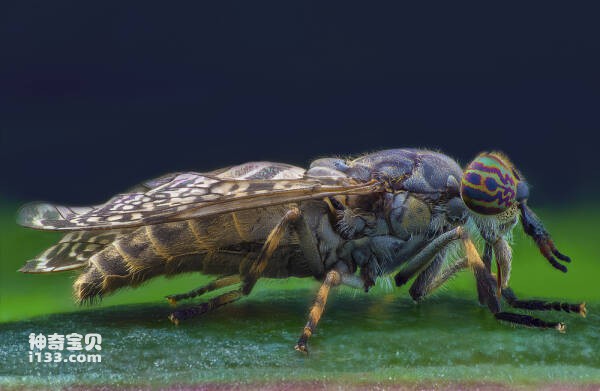
6. Gadfly (spreading diseases)
The gadfly is one of the common poisonous insects in my country, mainly distributed in Guangxi, Sichuan, Zhejiang, Jiangsu, Hubei, Shanxi, Henan, Liaoning and other regions. They like to live near fields, swamps, reed pits, and slow-flowing still water. These places are ideal environments for their reproduction.
Gadflies are insects that look like flies. Their mouthparts are like sharp knives that can cut open the skin and drink blood before flying away quickly. Many gadflies like to feed on the blood of large mammals, such as cows and horses, but they are also capable of attacking humans. At the same time, gadflies also have the potential risk of spreading diseases. In rural areas, many people have been bitten by gadflies. If you are bitten by a gadfly and suck blood, the blood should be squeezed out as soon as possible to reduce possible harm.
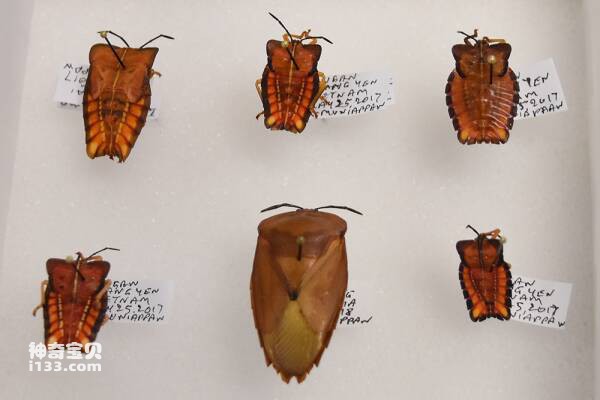
7. Lychee bug (secrets corrosive odor)
There is a common poisonous insect in China called the lychee bug, which is mainly distributed in southern regions such as Fujian, Jiangxi, Guangdong, Guangxi, Guizhou, and Yunnan. The lychee bug is an insect that causes damage to lychee, longan and other fruit trees. The odorous liquid they secrete is corrosive and will cause the stamens to wither and the peel to turn black, thereby affecting the quality of the fruit. When frightened or attacked, lychee bugs secrete a corrosive odor that is harmful to human eyes and skin, and may even cause blindness. Lychee bug larvae are sometimes more destructive than adults.
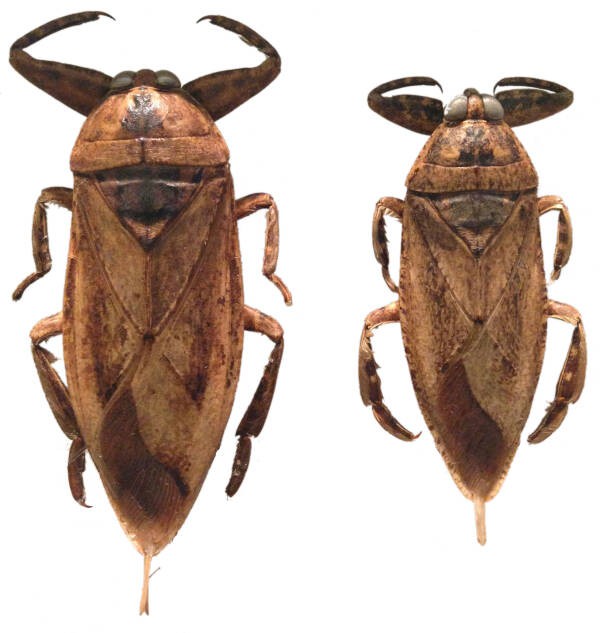
8. Field turtle (secrets lytic enzymes)
There is a poisonous insect in China called the field turtle, which is mainly distributed in southern China, but there are also small amounts in northern China. They have small heads, flat bodies, live in water, and their breathing tubes are located at the end of their abdomen. Field turtles feed on small fish and insects in the water and have a ferocious character.
This insect feeds mainly on tadpoles and even larger fish. When fish pass by, the field turtle will quickly jump on them and suck their body fluids, leaving only an empty shell in the end. The field turtle is a very aggressive creature. They quickly inject an enzyme into their prey that dissolves the tissue and then suck the liquefied tissue. If a person is bitten by a field turtle, it may cause local ulceration and severe pain.

9. Red imported fire ants (strongly aggressive/containing highly toxic)
Fire ants are an invasive species in China and are now one of the poisonous insects in southern China. They are distributed in Taiwan, Hong Kong, Guangdong, Macau, Fujian, Guangxi and other places. Fire ants are considered one of the most dangerous ants in the world, with their aggressive nature and ability to sting multiple times. They not only affect the health and quality of life of people in the invaded areas, but also damage public facilities and electronic instruments, causing huge economic losses in communications, medical care and pest control.
Once the nest of red imported fire ants is disturbed, they will quickly leave the nest and launch intense aggressive behavior. The human body will feel severe pain after being stung by fire ants, just like being burned by fire, and may also develop blistering skin symptoms. Children, the elderly and people with allergies are the most at-risk groups at risk from fire ants.
10. Chili pepper (causing skin swelling and itching)
One of the top ten poisonous insects in China is chinchilla, which is the larvae of the thorn moth and is also known as chinchilla. Distributed almost nationwide. Chipotles like to live in dark environments and have a natural resistance to strong light, high temperature and water. They live in groups, usually breeding one generation a year in the north and two generations a year in the south. There are many poisonous thorns on the body of chili seeds, which can cause swelling and itching of the skin when exposed to the human body. They pose a considerable threat to the health of community residents and visitors to scenic spots.
animal tags:
We created this article in conjunction with AI technology, then made sure it was fact-checked and edited by a Animals Top editor.